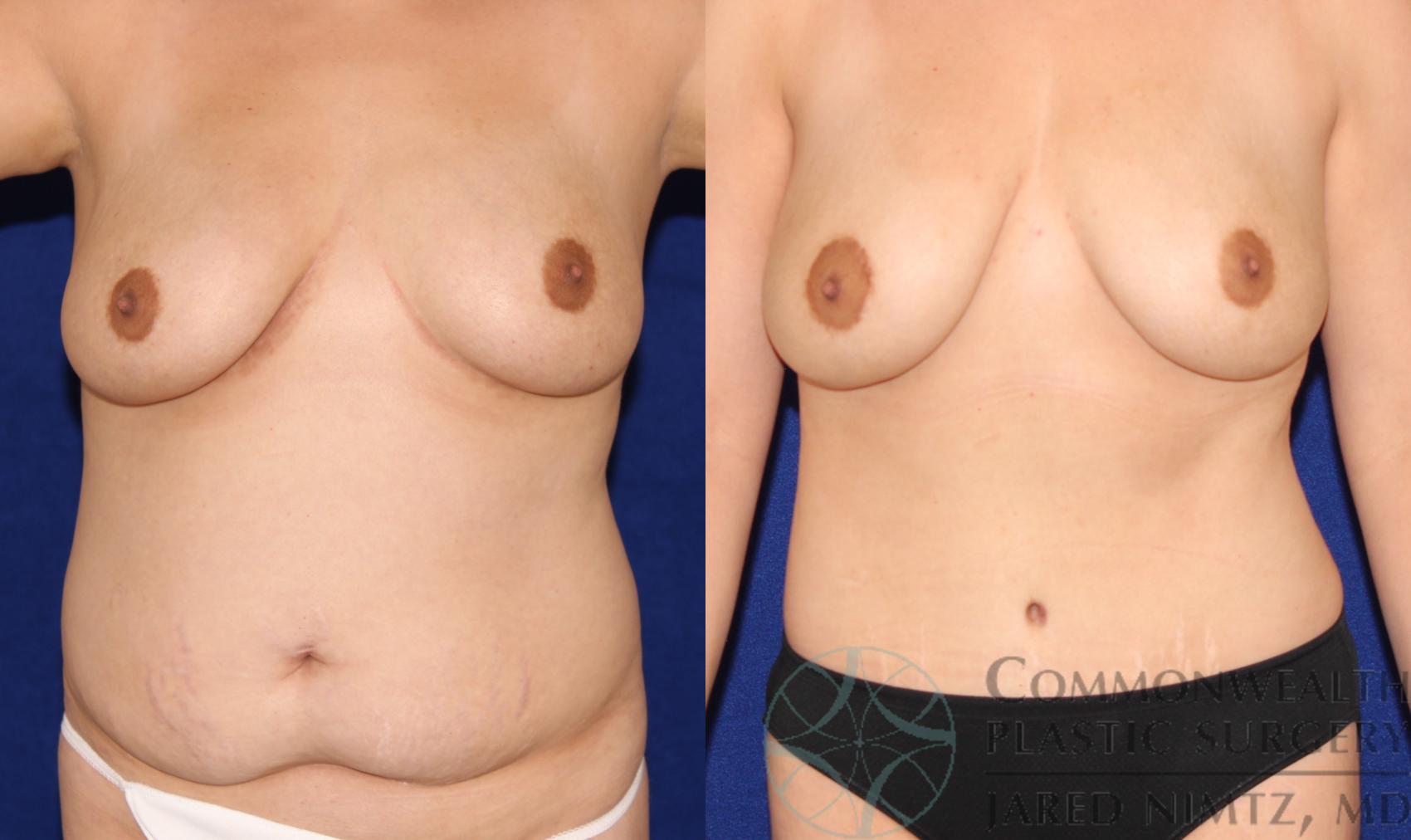If you’ve struggled with stubborn belly fat, loose skin, or weakened abdominal muscles, a tummy tuck (abdominoplasty) can create a firmer, flatter midsection. But as exciting as the results are, many people feel anxious about what comes after surgery. How long is tummy tuck recovery? What does each stage look like? Here’s a week-by-week guide so you know what to expect and when you’ll start seeing your results.
Week 1: Immediate Recovery
The first week is the most restrictive. Expect to feel tightness, swelling, and some discomfort, and you won’t be able to stand fully upright at first. Your surgeon will give you detailed instructions—follow them closely. Key points this week include:
-
Rest and movement: Rest is essential, but gentle movement is critical for healing and preventing blood clots. Short, slow walks while slightly bent at the waist are encouraged.
-
Compression and drains: You’ll likely wear a compression garment to control swelling and protect your incision. Some patients will have surgical drains; your surgeon will show you how to care for them.
-
Activity restrictions: No driving, lifting, smoking, or strenuous activity.
-
Incision care: Follow your provider’s instructions for dressing changes and showering.
Week 2: Getting Back on Your Feet
By the second week, you’ll notice swelling beginning to subside and movement becoming easier. Most patients can stand upright by the end of this stage, though some tightness remains.
-
Mobility improves: You’ll be able to walk more upright, and short household tasks become more possible.
-
Work: Depending on your job, you may be cleared for light, desk-based work around days 10–14.
-
Garments: Compression wear continues, but drains are often removed around this time if your healing is on track.
-
Incision healing: Mild bruising and numbness are normal.
Weeks 3–4: Regaining Normalcy
At this point, patients typically feel more like themselves. Most are cleared to resume many of their normal activities, though be careful not to overdo it.
-
Return to routine: Walking upright is comfortable, and you can likely resume non-strenuous activities like stationary cycling.
-
Compression garments: Some patients continue wearing them for support, while others may be cleared to stop.
-
Incision and scar care: Your surgeon may recommend scar treatments or silicone sheets to improve healing.
Weeks 6–8: Back to Full Activity
By this stage, most restrictions are lifted, and swelling has decreased noticeably.
-
Exercise: With your surgeon’s clearance, you can resume more intense activity, including core work and lifting.
-
Appearance: Your flatter, more sculpted midsection will be easier to see. Clothes fit better, and many patients enjoy buying new, more fitted styles.
-
Ongoing care: Maintain a balanced diet and regular activity to preserve your results.
Month 6 to 1 Year: Your Final Results
Healing continues quietly beneath the surface for months after your surgery. By 6 months, most of the swelling is gone, and scars have started to fade.
-
Scarring: Incisions soften and lighten but may continue to improve for up to a year or more.
-
Results: Your new abdominal contour is revealed—flatter, tighter, and more defined.
-
Long-term care: Keep up with good nutrition, exercise, and sun protection for scars.
While you may be excited to get to this final stage and enjoy your new tummy, it’s important to remember that tummy tuck recovery is not one-size-fits-all. Being patient and having realistic expectations will help you through this sometimes-uncertain recovery period.
Tummy Tuck FAQ
What is the best age for a tummy tuck?
Many people wonder if they’re too old for a tummy tuck or if their age will make recovery more difficult. The good news is that, as long as you’re healthy, any age is the right age for a tummy tuck! While most men and women who get tummy tucks are in their late 30s and early 40s, a tummy tuck is suitable for anyone who wants to improve loose abdominal skin and weakened muscles.
Age can somewhat affect tummy tuck recovery because younger people generally heal more quickly than older adults. However, patients in their 50s and 60s who are in good health and near their ideal body weight do recover from the procedure and enjoy excellent results.
Can I combine a tummy tuck with other procedures?
Yes. Many patients combine a tummy tuck with liposuction or breast enhancement as part of a mommy makeover. Combining procedures offers many benefits (a consolidated recovery period, savings on per-surgery fees, more comprehensive transformations, etc.), but this approach isn’t right for everyone. Your plastic surgeon can guide you on the best and safest course of action.
How much does a tummy tuck cost?
The cost of a tummy tuck depends on the issues you wish to improve in your midsection. A mini tummy tuck, for example, usually costs less than a full tummy tuck. Your plastic surgeon can give you a better idea of the cost after your consultation.
Take the Next Step
If you are ready to discover what a tummy tuck can do for you, request a consultation or call Commonwealth Plastic Surgery at (859) 277-9435 to schedule your appointment today.
This blog post was originally published in August 2022 and has been updated for 2025.







Leave a Reply